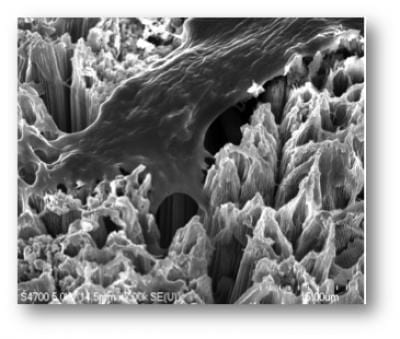
The health and wellness industry is in serious need of disruptive innovation
Recently, we saw a huge reaction to the story of how a patent lawsuit was threatening to silence a little girl by shutting down a speech-assistance iPad app that is her only means of communication. For many people, the focus of that story was the human cost of patent warfare—a valid and important topic to be sure. But the story also points to another, larger issue that is bound to get more attention in our increasingly entrepreneurial culture: the health and wellness industry is in serious need of disruptive innovation.
TechCrunch has a post looking at another area that is very similar to speech assistance devices: hearing aids. The market for these devices is old and stale, dominated by a few key players who have cushy exclusive deals with doctors that allow them to charge exorbitant prices (averaging around $3000), but a year-old startup called Embrace Hearing is beginning to shake things up by selling $300+ hearing aids directly to consumers. They discovered that 75% of Americans who qualify for hearing devices don’t actually use one, and the number one cited reason is high price. But they also know that those high prices are mostly artificial:
Audiologists (health care professionals who specialize in hearing, and the loss thereof) control the majority of sales in the U.S. market. While these specialists provide essential services, they use the sale of hearing aids to their own gain, often charging markups of three to five times — because they can.
Not only that, but the clever business people they are, they bundle re-fittings and follow-up visits into the cost, generally using this as the explanation for why hearing aids cost so much. The Embrace co-founders say that the reality of the situation, however, is that only 20 percent of customers make five or more visits to audiologists in the year after being fitted for the device. For those who fall into that category, the insurance and other benefits might make sense, but for most it doesn’t.
That, my friends, is what you call a market opportunity.
via Techdirt ᔥ
Bookmark this page for “Disruptive Innovation” and check back regularly as these articles update on a very frequent basis. The view is set to “news”. Try clicking on “video” and “2” for more articles.









